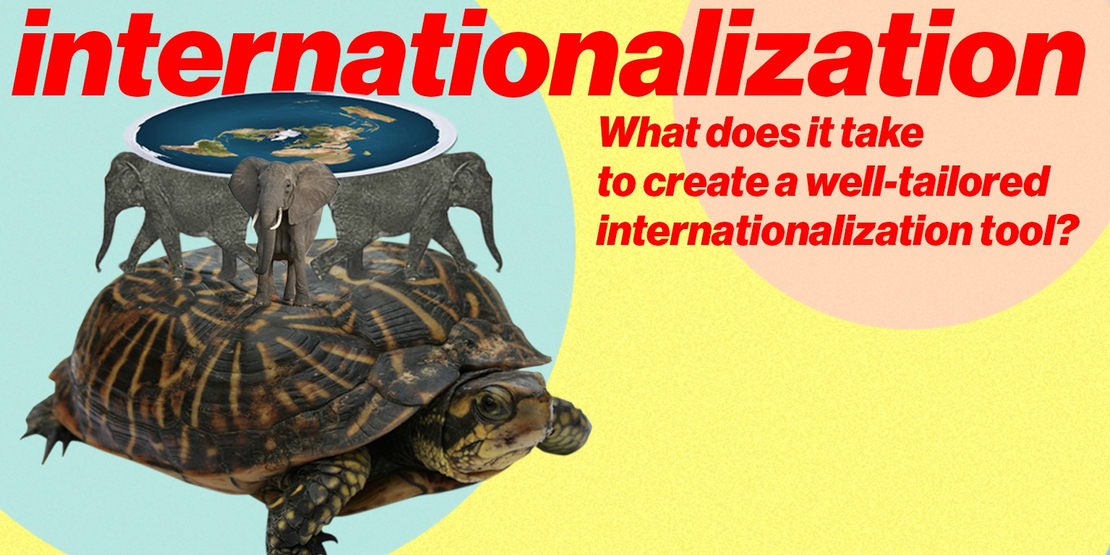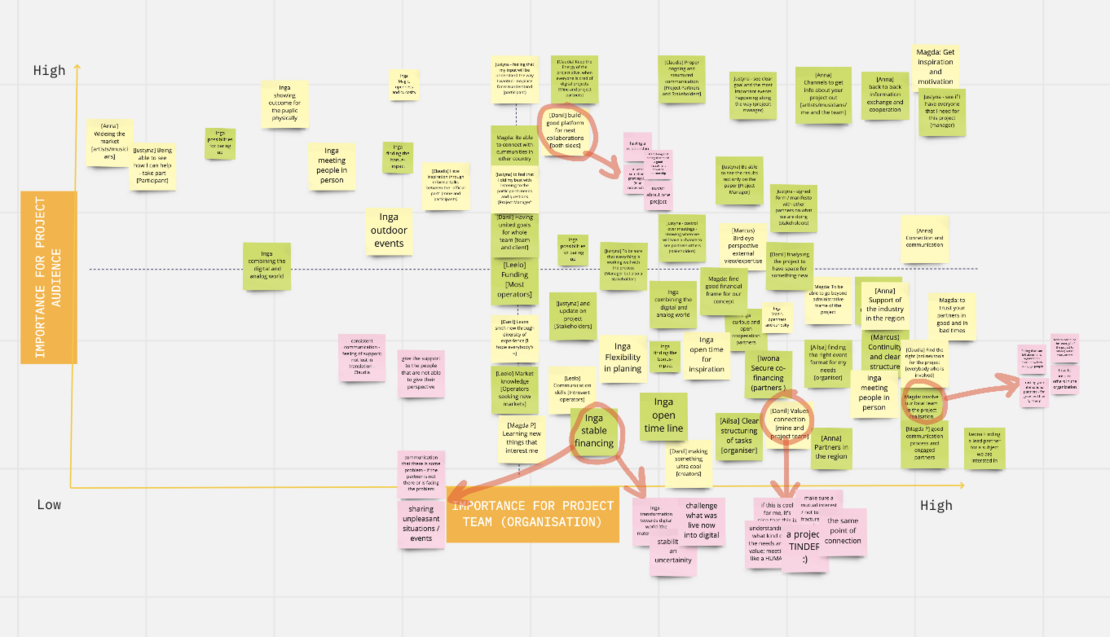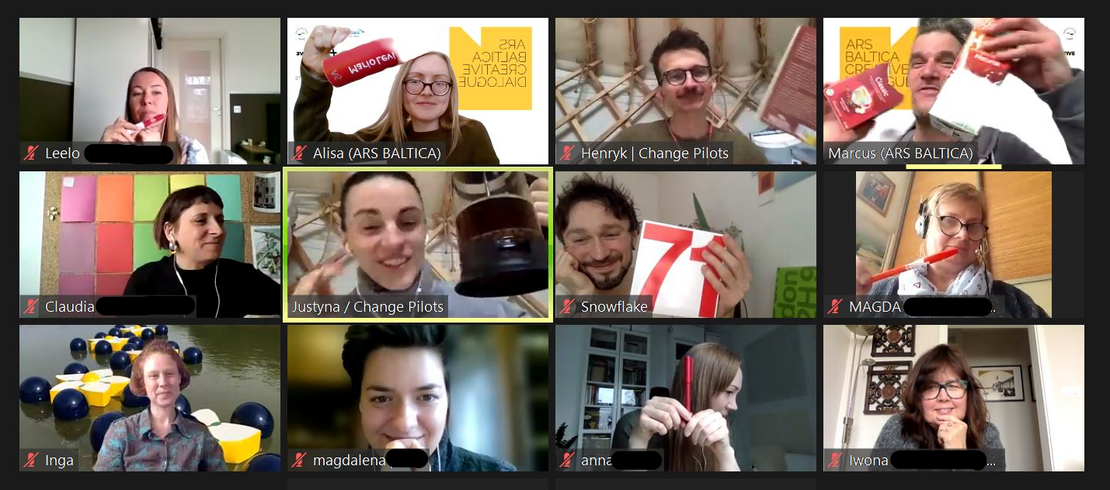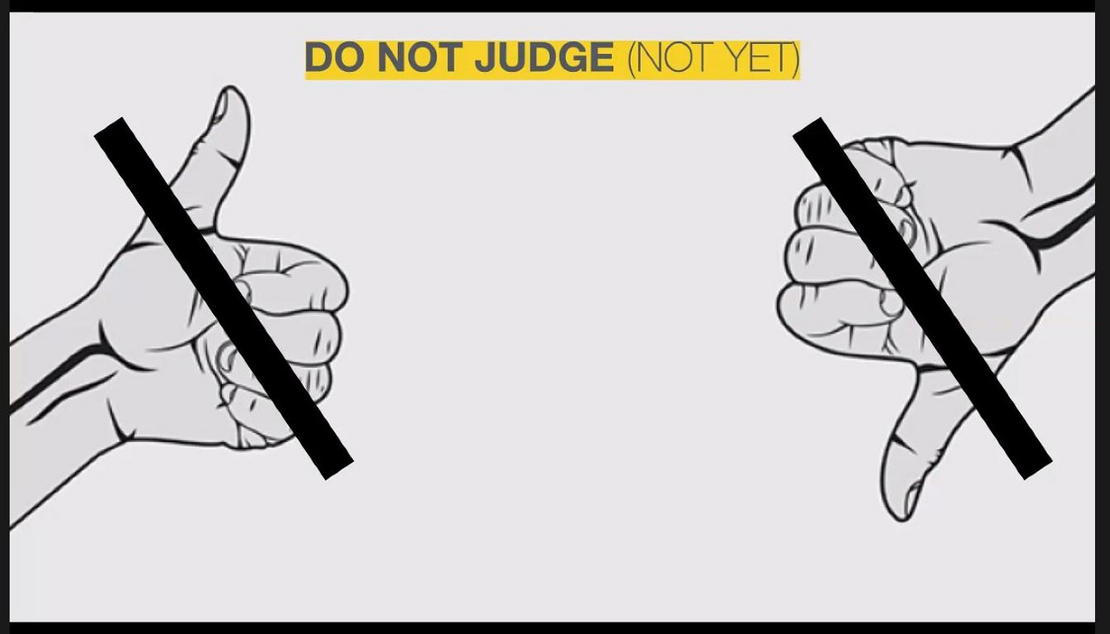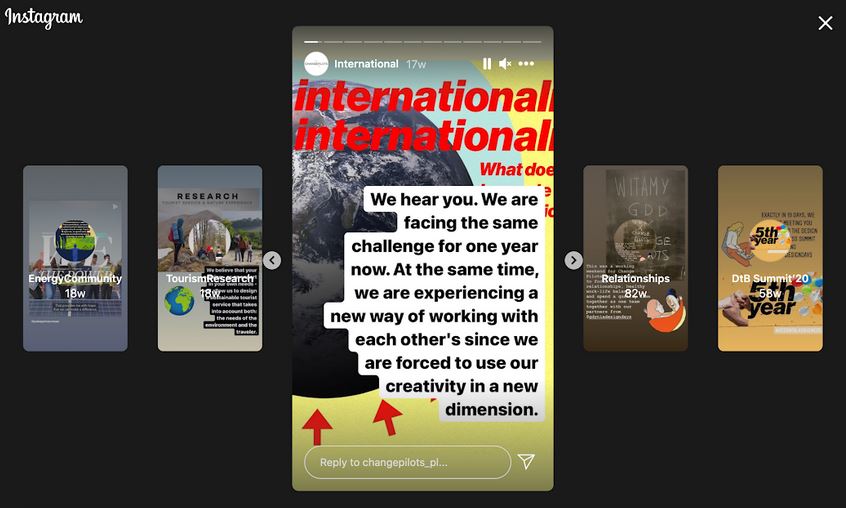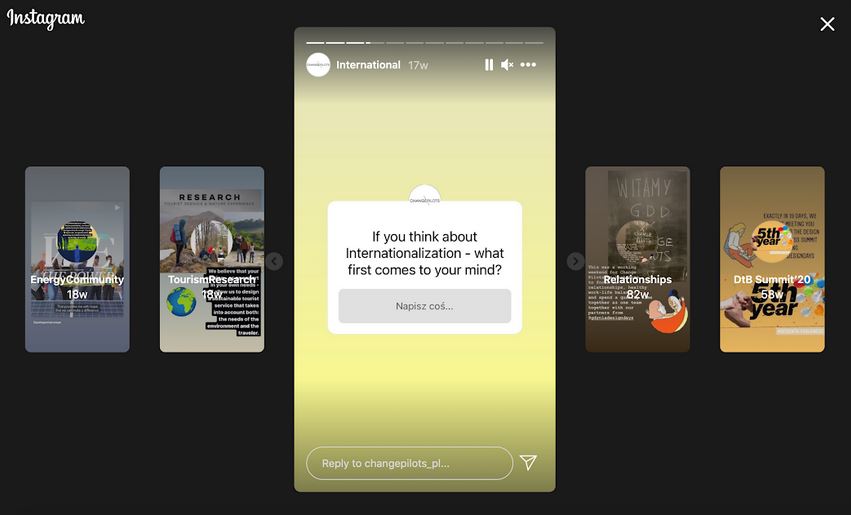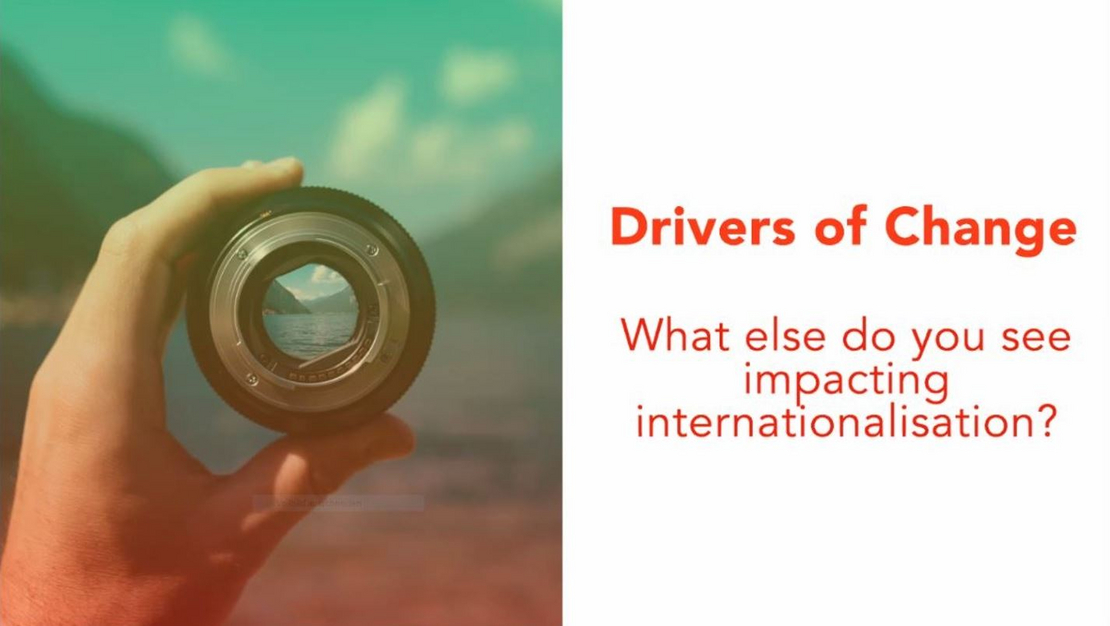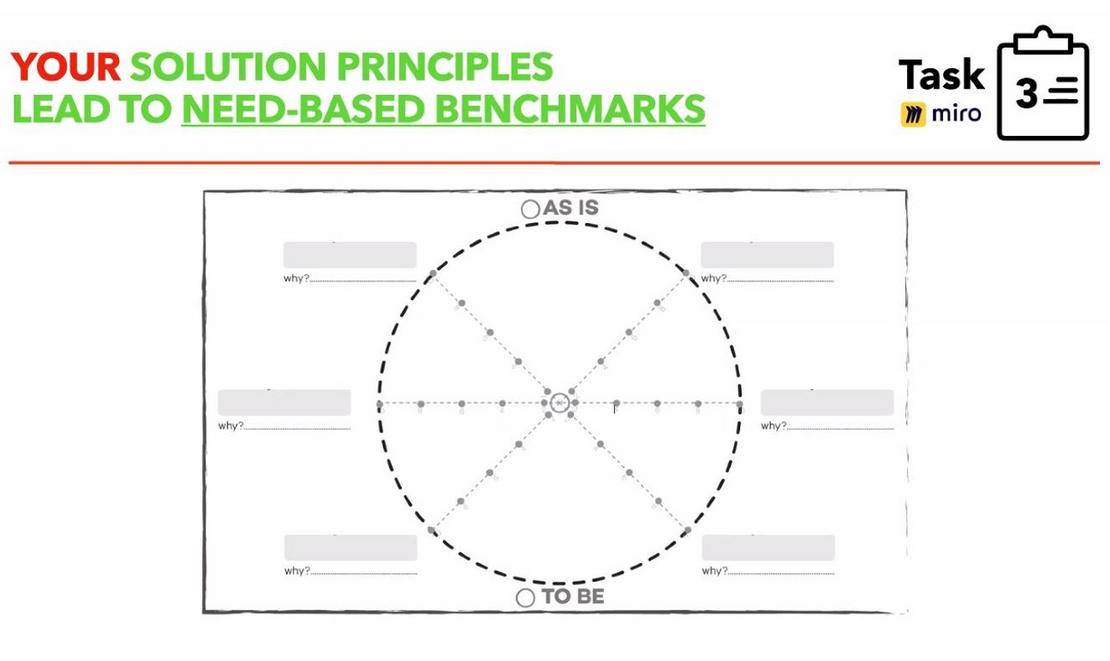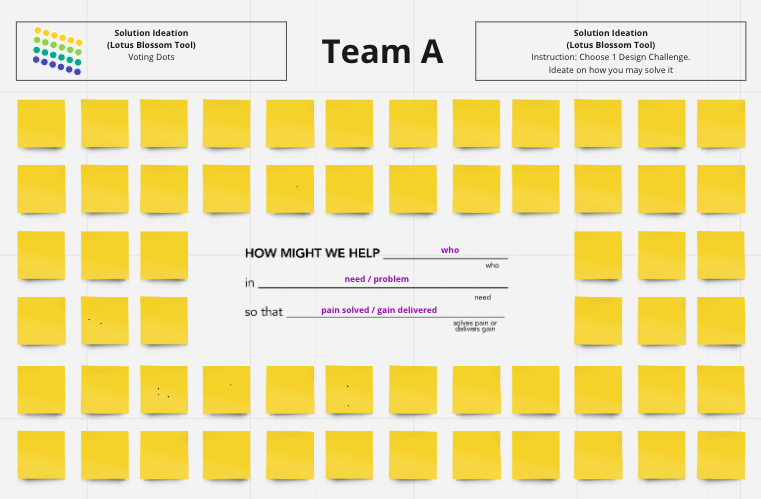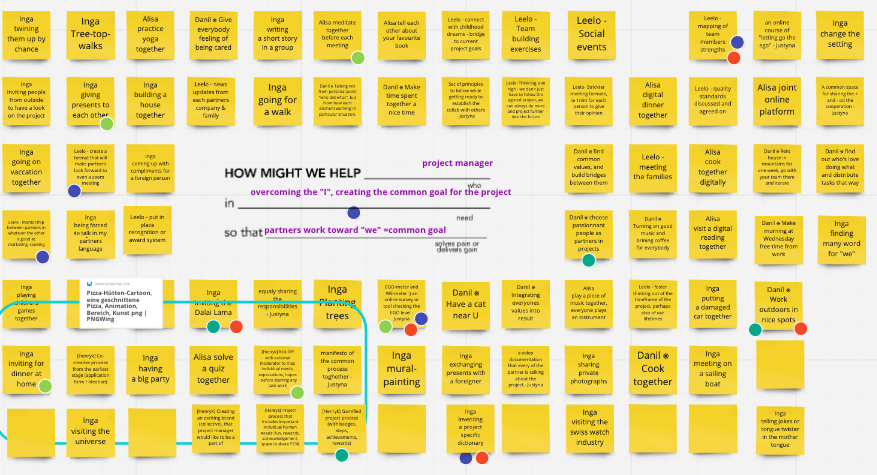ABCD Scanning Tool for CCI Internationalisation
Intends to gather intermediaries and cultural practitioners in online sessions
You want to define your current needs for CCI internationalisation and to collectively find and draft possible solutions? The Scanning Tool for CCI Internationalisation will help you with that.
Hosting Partner:ARS BALTICA
The learning outcomes for the module are:
- understand the attitude towards innovative solutions and seeing the potential partnership everywhere
- analyse the new approaches of interacting, exhanging thoughts, perspectives, defining needs and networking opportunities
- evaluate the needs and opportunities for new solutions in internationalisation
- apply the ABCD Scanning Tool in different CCI situations
The learning module is based on the internationalisation tool – ABCD Scanning Tool
The general aim of the ABCD Scanning Tool for CCI Internationalisation is to define the current needs for internationalisation within the CCI sector in each region of the Baltic Sea, to map and prioritise these needs by learning from each other and sharing ideas within the group of participants. The goal was to communicate internationally by involving intermediary organisations and cultural practitioners from various Baltic Sea region countries. It also provided a space for discussion in an open environment and created synergies for and with the participating partners.
More specifically, ABCD Scanning Tool for CCI Internationalisation aimed to collectively draft possible solutions in response to the expressed needs of the participants. The long-term aim is to create a sustainable format relevant for future action.
Videos about the general idea of Scanning Tool, about the didactic approach, the learning content and feedback from participants. The learning materials: Audience, Learning Approach (Human-centered process, the process / approach, The whole process is co-creation driven in every aspect) and Outcomes, Structure of the Module, Video content
1. ABCD -CCI general
2. Didactic Approach
3. Learning Content
4. Feedback Participants
LEARNING MATERIALS
During the process of preparation for the workshops, make sure that you will use the most suitable learning method or approach (to serve you and participants). Being able to “practice what you preach” is one of the most honest approaches that we can invite you to use.
Methods such as human-centred design, design thinkingor/and service design would be great choices since they are based on a co-creative approach.
Following the Double Diamond design process, follow the below steps:
1. Need-Mapping Interview
Start from breaking into smaller groups (3-4 people) and ask participants about their needs, problems and hopes related to project internationalization, co-operation, partnership and collaborations. Ask them to share their stories following the suggested questions. Take notes during the conversation on the most important needs and problems related to the topic.
2. Ideation upon needs
After making sure that the key needs are chosen, start building a value-proposition. This will help you to map the real-life situation and the context ofthe situation that you and your participants are in (cultural, economical etc.).
The effective ideation process (so called brainstorming) consists of certain rules that help the participants think creatively and freely:
- we vs. me (taking the ego out of process; look for collaboration rather than individualisation)
- respect others' ideas (support the most wild and brave ones; do not judge, use the phrase “Yes, and…” rather than “Yes, but I don’t…”)
- quantity not quality (at this moment, each idea should be acknowledged)
- stay focused (remember what is your focus, for who are you designing for and what kind of problem/need are you solving)
- search for analogous examples (that will help you to boost your creativity towards unexpected directions)
3. Prototyping/ Testing
Interview others in your surroundings who, in your opinion, might benefit from your prototype idea. Present the concept that was formed during the process. Ask about the honest opinion and feedback. Collect the responses. Testing the “sacrificial-not-yet-ready” concept in real life will bring back the context of the usage and will allow us to consider elements that weren’t considered before.
Additionally, make sure to save extra time for additional exercises that will allow the team to take a break from intellectual work:
- Networking is an important part of the workshop, it allows the participants to get to know each other before jumping straight to work. Make sure to spend a right amoth of time in the beginning to allow the participants to get to know each other better - not only from a professional side, but also a little bit from a personal one (a human touch).
- Physical Activities&Breaks needed to be planned in advance, even more now - when a lot of workshops are run in a hybrid mode (half-online/half-offline). Make sure to choose the right amoth of bio-breaks in between the work. Especially, if the workshop is held in the morning - an extra coffee break will allow the group to have more efficient work later. Beside normal breaks, propose 1-2 breaks with the purpose - a movement like yoga or other physical exercises. Such small but regular activities allow to avoid small burnouts during the process - especially online ones.
Make sure to use different formats along the process to make it interesting for the participants. Below, you can find some suggestions:
- Group Work - dividing the participants in different groups at least twice during the whole process. The group of minimum 3 maximum 5 is the most effective one.
- Group Gathering - a meetup or an open discussion focused on changing perspective / opinion. At least 4-5 times during the whole process. The more often the better.
- Intro Lecture - as an introduction part of the process, presenting the research of insights that might spark the conversation or discussion afterwards in between the participants.
- Two Part Workshop - one-two days of break in between the workshop allows participants to reflect on the work.
- Homework - in between workshops allow you to gather additional knowledge or opinion for the process that might be crucial for further development. One homework exercise like an interview is enough.
- Interaction Online - to be able to conduct the online workshop efficiently make sure to use already existing online tools such as Miro or MURAL. Workshop process will be smooth while using something already prepared for that.
- Summarising Events - creating a special space that will allow everyone to express their feelings and emotions towards the group work or process. It can be a group discussion at the end of the workshop or an anonymous survey that will be distributed.
Results of the particular workshops might vary - since, the knowledge brought from the participants will be wide and unexpected. Beside tangible outcomes like concepts and tools, such a process always brings the development of soft skills like for example - understanding the other participants' needs or clearly expressing the expectations towards the workshop. These skills can be applied at participants’ own work environment afterwards.
Below, we gathered 3 key learning outcomes that we believe will be achieved during and after the process.
1. SEEING POTENTIAL & PARTNERSHIP
Having a collaborative state of mind (ability to work with everyone) is an outcome that can be learned or gained along the proces. This can only happen by practice - by discussions and constantly evaluating with others. Having an attitude toward solutions can be gained while entering the ideation phase, there is not a wrong answer yet and everyone is building on others ideas by supporting each other. Often - the facilitators - will be able to see how participants come together for a common purpose. This should be always supported by the facilitator.
2. NEW APPROACHES OF INTERACTION
Along the process, participants will learn certain ways of communication - how to approach others during team work, how to express their expectations or just simply voting / making the decisions. They will be also able to create their own way of interaction since, we propose to use a not violent communication intro before starting the workshop by facilitator. This will reduce a fear to interact or/and passivity during the workshop.
3. TRUSTED COMMUNITY
Exchange is a big part of the internationalisation within CCI. Only by sharing the perspectives, participants can create their own "safe space" that can be used for their own process. Starting from the sharing perspective allows the group to be on the same page - having a feeling that we are all one team.
1. Inviting Audience
Scouting for right audience channels and language. Prepare the invitation, write text (prepare the press release), promote the event, connect with the right networks (already existing groups), choose the target group (depending on the target group the communication will be different).
2. Engaging Moderators
Make sure to have what is needed in terms of facilitation of the workshops. The best would be to have 2 facilitators (different roles - one is leading the process, the other one cares about the interaction and engaging with participants).
4. Individual Assignment
Prepare an individual assignment in between workshops for the participants. The interaction in between the sessions is needed to keep the engagement along the process.
The Scanning Tool was divided into 3 main parts:
- Need-mapping - mapping audience and project need
- Synthesis and conclusions - gathering input for creative process
- Concept building - shaping need-based solutions
For each of the parts, following tools are recommended:
1. Need-mapping
- Drivers of change
Helps to discuss and identify needs based on trends and external change factors. During exercise make sure to discuss political, economical, societal (also consumer demand), Technological, Legal and Environmental changes that currently are or might impact your project theme.
- Stakeholders map
Aims to define key actors impacted by your project. It helps to map actors in different roles such as decision-makers, users, purchasers etc. and identify their needs related to the project including various Points of View.
- Value Proposition
This tool is used to discuss and map key pains (barriers) and expected gains (hopes) related to the top stakeholder needs defined in a previous step. This is crucial step that creates valuable input for the creative process, since during the ideation participants will be able to brainstorm on ways to eliminate these barriers or deliver expected gains.
2. Synthesis and conclusions
- Need-based challenge
Helps to define a clear direction for a creative process based on top needs and barriers or hopes. It may inspire creative process and hold it within the boundaries. It helps to ideate on ideas that solve real problems and which are truly needed. Need-based challenge may be compared to a design brief.
- Design Principles
This is an optional tool that can be used to further inspire creative process and deliver further information additional to the need-based challenge. Design Principles are key characteristics that need to be included in the ideation process. Therefore it pictures ‘how the solution should be like’ or what key characteristics should it be built on. This further helps to inspire ideation process with existing analogous solutions (benchmarks from other industries, based on same principles).
3. Concept building
- Lotus Blossom ideation
Structure group ideation process. The Lotus Blossom begins with a central core challenge (usually a barrier or hope from Value Proposition) or raw idea surrounded by eight empty boxes. Using brainstorming, eight additional ideas (ideally, responding to the question “How it solves the problem”) are written in these boxes. Central themes lead to ideas that themselves become central themes in the next. The unfolding themes trigger new ideas and new themes.
This is your checklist - a guide to help you organize your process during workshop preparation. Use this list to check key tasks to be done before launching a workshop. You may fill it in before or after seeing the materials that we have prepared for you
CHECKLIST (Where in the process am I?) | No, I still need to work on it | Maybe, I need to check it and work on it more | Yes, I have all what it takes |
| 1. Do I need to include any external experts or/and partners in the process? Whom else may I invite? | |||
2. Is my target group (project audience) clearly defined? | |||
| 3. Do I need to conduct any pactivities prior to the workshop?(i.e.: pre-survey, pre-session with the potential audience etc.) | |||
4. Did I select tools & methods? \Do I know what outcomes to expect from them? Can I guide the audience on how to use them? | |||
5. Do I know how to collect feedback? What kind of questions will I ask and why? How will I use the feedback? | |||
6. Do I need to add any extra elements to the existing format? (i.e.: networking, animated breaks etc.) | |||
7. Am I aware of my facilitation style? Will I use some of the suggestions from the learning outcome element? | |||
8. Did I secure the right budget? (i.e.: for catering, experts salary etc.) |



